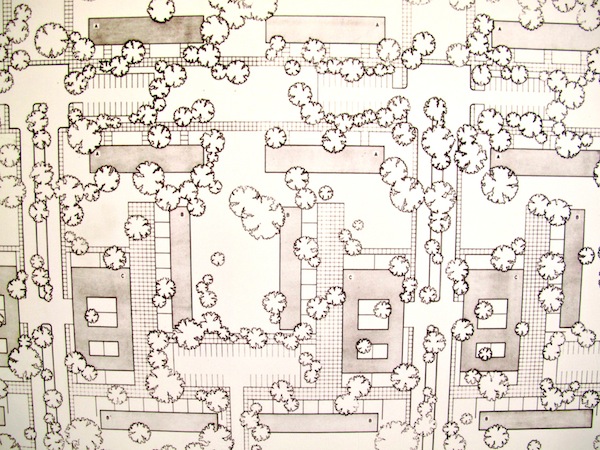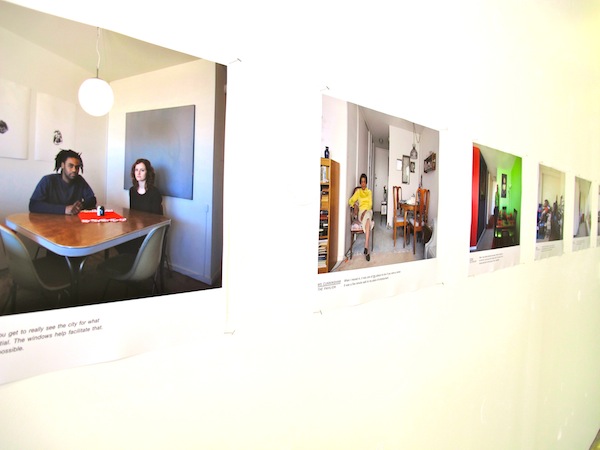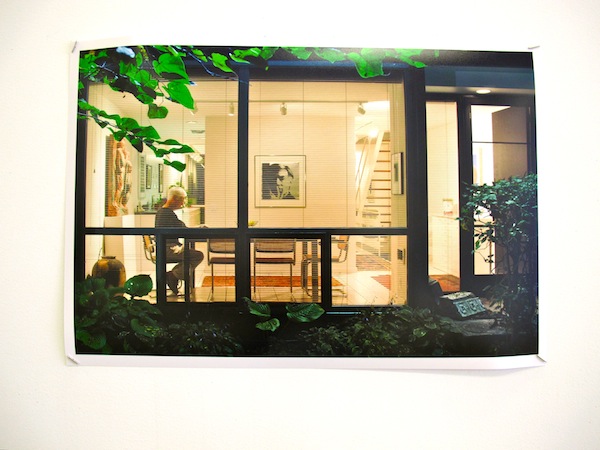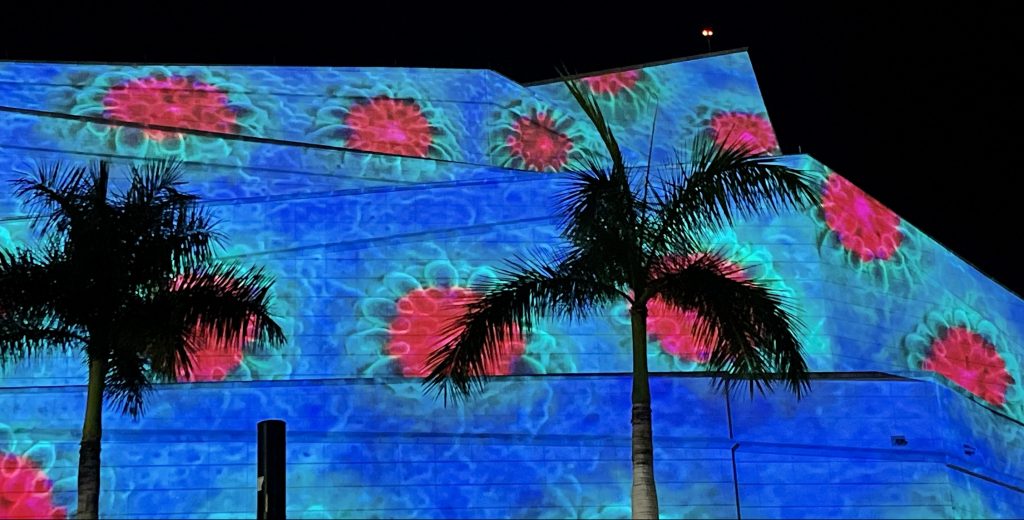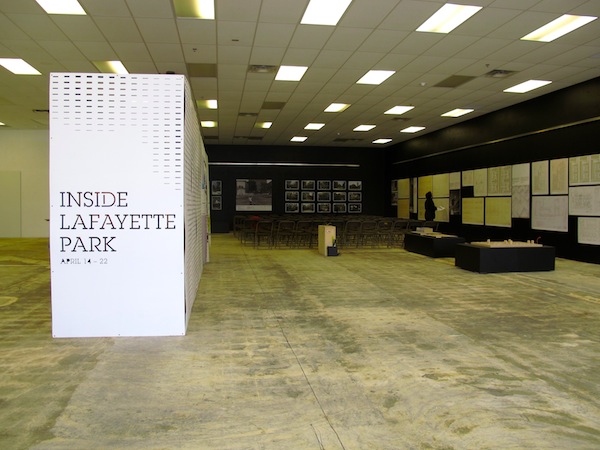
Meet Mies in the Park: “INSIDE LAFAYETTE PARK” and URBAN FUTURES
Anyone who has taken the Lafayette exit off 375 into downtown Detroit has seen Lafayette Towers, a residential apartment complex and nearly the sole element of the Eastside skyline. It takes closer observation or a die-hard architecture junkie to identify the planned community of two-story townhouses directly across the street from the Towers. Both were designed by renowned Modernist architect Mies van der Rhoe as part of the Lafayette Park development, constructed in the 1960s in an effort to overhaul the Black Bottom community. Of course, there is more than meets the eye to any ostensibly successful urban development, and the displacement of the neighborhood’s residents during the 1940s razing of the area and its complete vacancy during the 1950s are a point of contention for many, happening as it did within a working-class neighborhood which was home to a great deal of Detroit’s African-American population.
“INSIDE LAFAYETTE PARK,” a collaborative exhibition taking place between April 14 through 22 in a temporary space within Lafayette Plaza (1565 E. Lafayette St.), outlines the architectural history and residency of the Lafayette Park area from a number of different perspectives, and at the end of the week will also host the URBAN FUTURES panel discussion, to add a current perspective to the mix.
One aspect of the show is a fascinating study of the urban planning and architectural development of the Lafayette Park project. Though Mies van der Rhoe is the internationally recognized name attached to the project, it was the proposal of Chicago developer Herbert Greenwald and involved significant contributions from urban planner Ludwig Hilberseimer and landscape designer Alfred Caldwell. The exhibit includes architectural drafts, scale models and photographs from the project. On the opposing wall is the human story, documented in two exquisite collections by photographers Corine Vermeulen and Vasco Roma, both featuring portraits which present the current residents of Lafayette Towers and the townhouses within the context of their homes. Vermeulen’s portraits are more presentational, with residents and interiors posed and directed toward the viewer. Roma’s series has a more voyeuristic feel, looking into the ground-floor windows from the bushes, with literal bits of foliage invading the edges of the frame, giving the viewer the feel of peeking into the lives of these residents.
Bisecting the exhibit is an informational installation with timeline and ephemera chronicling the history of Black Bottom and charting the flux of Detroit’s population in relation to its African-American population. This stands adjacent to the area assembled for the URBAN FUTURES panel discussions, which will take place April 21, from 6to 9 p.m., and signifies to this reviewer that the conversation about Lafayette Park and urban renewal is far from over, and the most significant contributors to this exhibition perhaps have yet to be heard.
All photos by Sarah Sharp.
“INSIDE LAFAYETTE PARK” is co-curated by The University of Detroit Mercy School of Architecture (UDMSOA), Lawrence Technological University (LTU) and Wayne State University, and in conjunction with rogueHAA, Preservation Detroit, The Art Deco Society, Lafayette Foods and the Detroit Creative Corridor Center.
Recent Content
-
Artsarticle ·
-
Artsarticle ·
-
Artsarticle ·
